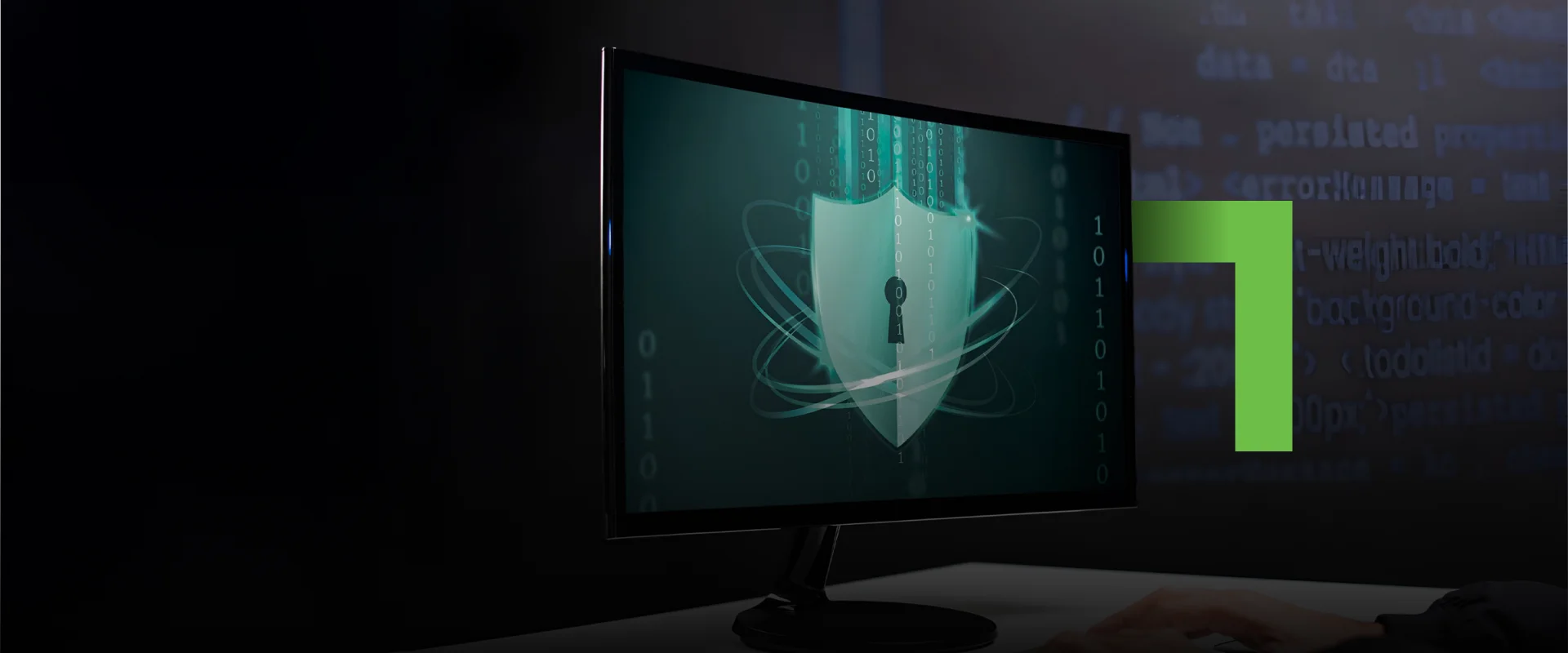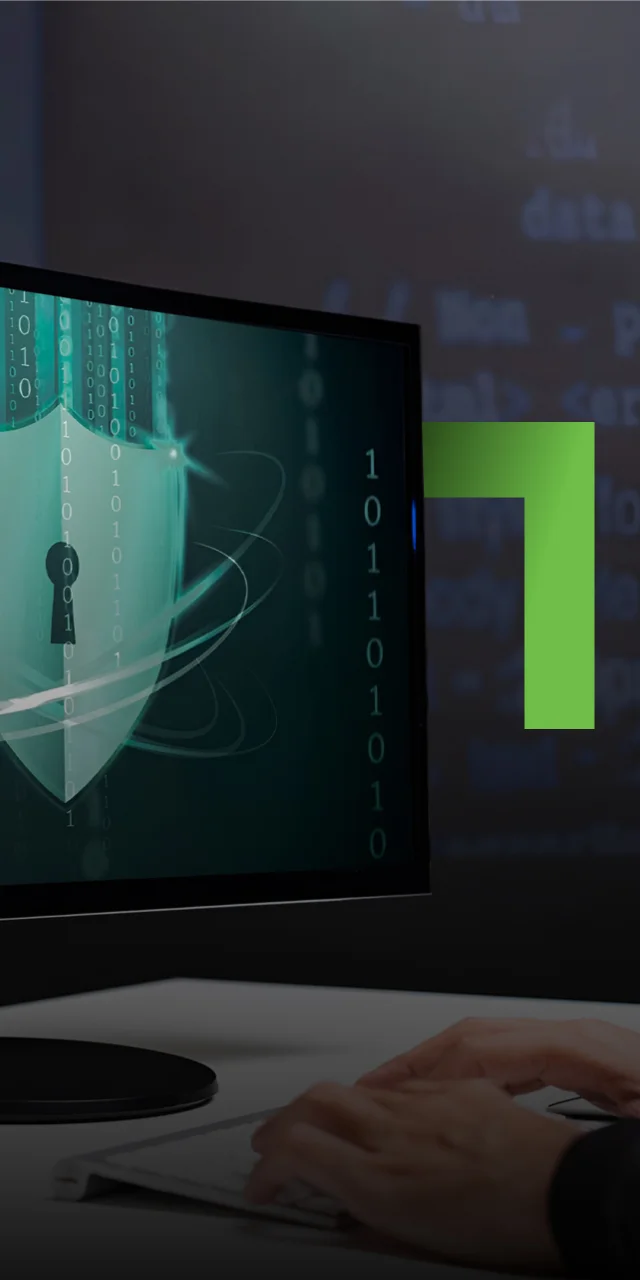Address
Enkay Square, Plot No - 448A, 6th Floor, Udyog Vihar, Phase- V, Sector 19, Gurugram, Haryana - 122016Cybersecurity patching is a critical process that involves applying updates to software, operating systems, and hardware to address known vulnerabilities, fix bugs, and enhance system performance.
These updates, known as patches, are released by vendors to protect systems from potential exploits and ensure compliance with security standards. The importance of patching cannot be overstated. Unpatched systems are prime targets for cyberattacks, as attackers often exploit known vulnerabilities. For instance, the 2017 WannaCry ransomware attack exploited a vulnerability for which a patch had been available for months, leading to widespread damage .

What is Patching?
-

Fixes Security Flaws
Prevents exploitation by attackers.
-

Improves Performance
Enhances system functionality and stability.
-

Ensures Compliance
Required for standards like ISO 27001, PCI-DSS, HIPAA and Reduces risk of downtime due to security breaches.
Types Of Services
TRC Offers Under Patching Services
Cyber Security
Coordinating governance, risk, and compliance for efficient operations.
Policy & Procedure Design
Cybersecurity policies and procedures are essential frameworks that organizations implement to safeguard their digital assets, ensure compliance with regulations, and mitigate cyber threats.
User Access Reviews
A User Access Review entails identifying, assessing, and managing the access rights of users within an IT system. This process ensures that users are provisioned only with the appropriate rights necessary for their role. Ideally, the user access review process is automated to enhance efficiency and accuracy.
Vulnerability Assessment and Penetration Testing (VAPT)
Vulnerability Assessment and Penetration Testing (VAPT) is a cybersecurity process that identifies and mitigates security vulnerabilities in systems, networks, and applications. It involves two key phases: Vulnerability Assessment (identifying weaknesses) and Penetration Testing (exploiting those weaknesses to simulate real-world attacks). The goal is to proactively strengthen security defenses against potential threats.
Third Party Vendor Audit
A third-party vendor audit is an independent evaluation conducted by an external party to assess a vendor's operations, controls, and compliance with contractual and regulatory obligations. This process is crucial for organizations to mitigate risks associated with outsourcing and ensure that vendors meet agreed-upon standards.
Business Continuity Management
Business Continuity Management (BCM) is a strategic process that helps organizations prepare for, respond to, and recover from disruptive events—such as natural disasters, cyberattacks, or system failures—to ensure critical business functions continue operating with minimal downtime.
Infrastructure Audit
An Infrastructure Audit is a comprehensive assessment of an organization's IT and physical infrastructure to evaluate performance, security, compliance, and efficiency. It identifies gaps, vulnerabilities, and areas for improvement across hardware, software, networks, data centers, and related systems. The goal is to ensure that infrastructure components align with business goals, industry standards, and regulatory requirements.
Our Process
-
01.
Asset Discovery
Identify all hardware, software, OS, applications, and devices in the IT environment. Maintain an up-to-date inventory.
-
02.
Vulnerability Detection
Use tools (e.g., Nessus, Qualys, OpenVAS) to scan for known vulnerabilities. Identify missing patches and assess severity (CVSS score, vendor bulletins).
-
03.
Patch Evaluation & Risk Assessment
Evaluate the impact of patches (e.g., system downtime, compatibility).
Prioritize based on:
Criticality of the asset
Severity of the vulnerability
Exploitability in the wild -
04.
Testing
Apply patches in a test/staging environment. Ensure they do not break functionality or cause system conflicts.
-
05.
Deployment
Deploy patches to production systems using:
Manual updates for critical systems
Automated patch management tools (e.g., WSUS, SCCM, ManageEngine, Ivanti)
Schedule during low-impact hours when possible. -
06.
Verification
Confirm that patches were successfully installed. Re-scan systems to verify vulnerabilities have been resolved.
-
07.
Documentation & Reporting/ Continuous Monitoring
Keep the records for audits & compliance
Explore Our Services.
Other Services
We Are Here To Help
What is patch management?
Patch management is the process of acquiring, testing, and installing patches (updates) to software applications and systems to address security vulnerabilities, fix bugs, and improve functionality.
Why is patch management important?
Regular patching helps protect systems from security threats, ensures compliance with regulatory requirements, and maintains system performance and stability.
How often should patches be applied?
The frequency depends on the organization’s policy, the criticality of the systems, and the nature of the patches. However, it’s generally recommended to apply security patches as soon as they are available.
Can patches cause issues?
Yes, sometimes patches can introduce new problems, such as software conflicts or system instability. It’s advisable to test patches in a controlled environment before full deployment.
Patching Solutions
How TRC's Patching Solutions Help Your Company?
We reimagine Patching to enhance compliance, boost brand value, and drive growth. Partner with us to unlock your business’s full potential.

We reimagine Patching to enhance compliance, boost brand value, and drive growth. Partner with us to unlock your business’s full potential.
Book your personalized consultation!
Reach out to us for inquiries, collaborations, or support. We're here to assist you anytime!

Email address
contact@trcconsulting.org
Mobile number
+91–8882828822








